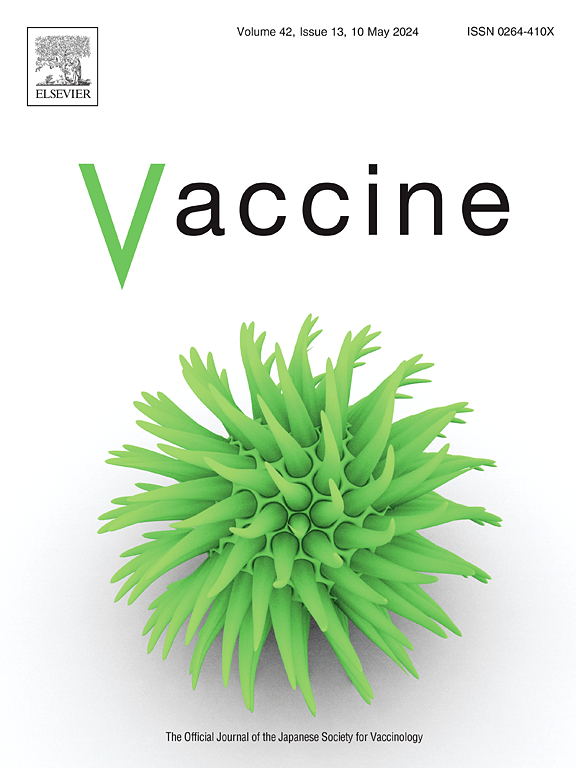Modelling the impact and cost effectiveness of universal varicella vaccination in England.
IF 4.5
3区 医学
Q2 IMMUNOLOGY
引用次数: 0
Abstract
Introduction
Two distinct diseases are attributable to the varicella zoster virus, varicella (chickenpox) and zoster (shingles). This study assesses the impact and cost-effectiveness of a childhood varicella vaccination program in England.
Methods
We use an age-structured dynamic transmission model and a health economic decision tree. The model incorporates recent data on varicella and zoster epidemiology, including the effects of exogenous boosting on zoster incidence. By simulating various vaccination strategies, including routine and catch-up programs, the study evaluates the potential reduction in varicella and zoster cases due to vaccination and the associated vaccine cost-effectiveness (from the NHS perspective).
Results
We find that a two-dose varicella vaccination program could significantly reduce varicella incidence, potentially achieving near-elimination if high coverage rates are maintained. However, the model also predicts a temporary increase in zoster incidence due to reduced natural boosting from varicella exposure; this is partly mitigated by the current zoster vaccination program and the effect is much less substantial than previously estimated. Cost-effectiveness analyses reveal that all vaccination strategies modelled are cost-effective at typical thresholds, with the routine vaccination scenario being the most economically advantageous. Sensitivity analyses demonstrate that vaccine price and varicella treatment costs are the primary drivers of cost-effectiveness.
Conclusion
The study supports the introduction of a childhood varicella vaccination program in England, which offers substantial health benefits and is highly likely to be cost-effective.
求助全文
约1分钟内获得全文
求助全文
来源期刊

Vaccine
医学-免疫学
CiteScore
8.70
自引率
5.50%
发文量
992
审稿时长
131 days
期刊介绍:
Vaccine is unique in publishing the highest quality science across all disciplines relevant to the field of vaccinology - all original article submissions across basic and clinical research, vaccine manufacturing, history, public policy, behavioral science and ethics, social sciences, safety, and many other related areas are welcomed. The submission categories as given in the Guide for Authors indicate where we receive the most papers. Papers outside these major areas are also welcome and authors are encouraged to contact us with specific questions.
 求助内容:
求助内容: 应助结果提醒方式:
应助结果提醒方式:


